Ditapis dengan
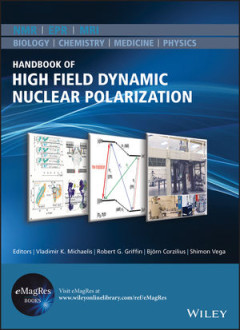
Handbook of High Field Dynamic Nuclear Polarization
This comprehensive handbook is a compendium of the current state-of-the art of high field Dynamic Nuclear Polarization—from long-proven, early developments, up to today’s hot topics. It covers all the relevant subjects that have made a direct or indirect contribution toward advancing this field, and focuses on topics such as: the theory behind the effects seen within DNP; instrumentation re…
- Edisi
- -
- ISBN/ISSN
- 978-1-119-44164-9
- Deskripsi Fisik
- xxi,449p.:illus.;24.5cm.
- Judul Seri
- -
- No. Panggil
- 621.483 MIC H
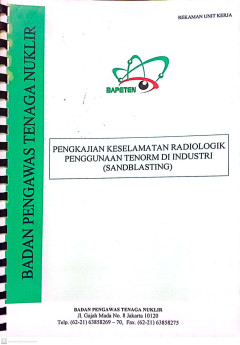
Pengkajian Keselamatan Radiologik untuk Penggunaan Tenorm di Industri (Sandbl…
Di Indonesia terdapat kegiatan industri yang menggunakan NORM (Natural Occurring Radioactive Materials), antara lain kegiatan pembersihan fasiltas industri dengan teknik sandblasting. Abrasive blasting digunakan untuk pembersihan pemukaan baja/metal biasanya untuk membersihkan scale, karat, cat tua atau benda lainnya sebelum penggunaan lapisan pelindung. (Jml)
- Edisi
- -
- ISBN/ISSN
- -
- Deskripsi Fisik
- xiii, 133 p. : Illus. ; 30 cm
- Judul Seri
- Rekaman Unit Kerja
- No. Panggil
- 605 BAP p
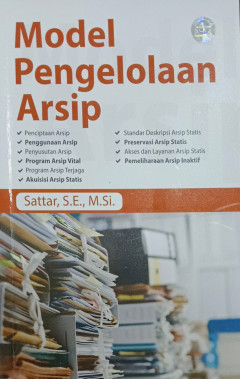
Model Pengelolaan Arsip
Buku ini hadir sebagai sumber referensi untuk dapat menjadi solusi atas kelangkaan dunia literasi di bidang kearsipan yang berisi materi tentang Penciptaan Arsip; Penggunaan Arsip; Penyusutan Arsip; Program Arsip Vital; Program Arsip Terjaga; Akuisisi Arsip Statis; Standar Deskripsi Arsip Statis; Preservasi Arsip Statis; Akses dan Layanan Arsip Statis; dan Pemeliharaan Arsip Inaktif. Buku in…
- Edisi
- -
- ISBN/ISSN
- 9786232188105
- Deskripsi Fisik
- 211p.:illus.;23cm.
- Judul Seri
- -
- No. Panggil
- 651.56 SAT M (2)
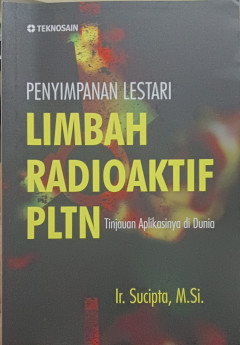
Penyimpanan Lestari Limbah Radioaktif PLTN: Tinjauan Aplikasinya di Dunia
Pembangkit listrik tenaga nuklir merupakan teknologi pembangkit energi skala besar yang bertanggung jawab penuh terhadap limbah dan biaya pengelolaannya. Pada setiap tahap dari daur bahan bakar ada teknologi penyimpanan lestari limbah radioaktif yang terbukti aman. Tujuan utama mengelola dan menyimpan secara lestari limbah radioaktif adalah untuk melindungi masyarakat dan lingkungan. Hal ter…
- Edisi
- -
- ISBN/ISSN
- 9786237110200
- Deskripsi Fisik
- 96p.:illus.;24cm.
- Judul Seri
- -
- No. Panggil
- 621.31 SUC P

Nuclear Cultures Irradiated Subjects, Aesthetics and Planetary Precarity
Nuclear Cultures: Irradiated Subjects, Aesthetics and Planetary Precarity aims to develop the field of nuclear humanities and the powerful ability of literary and cultural representations of science and catastrophe to shape the meaning of historic events. Examining multiple discourses and textual materials, including fiction, poetry, biographies, comics, paintings, documentary and photography, …
- Edisi
- -
- ISBN/ISSN
- 978-1-032-18384-8
- Deskripsi Fisik
- xii,198p.:illus.;23.5cm.
- Judul Seri
- -
- No. Panggil
- 624.483 NAY N
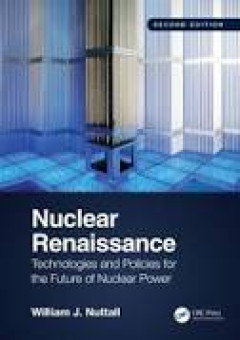
Nuclear Renaissance: Technologies and Policies for the Future of Nuclear Power
This second edition of Nuclear Renaissance: Technologies and Policies for the Future of Nuclear Power continues to examine the future of nuclear power in the contexts of economics, environmental sustainability, and security of electricity supplies. Fully updated with the latest technologies and concerns, this comprehensive guide illustrates the technical challenges and opportunities facing nucl…
- Edisi
- -
- ISBN/ISSN
- 978-0-367-48229-9
- Deskripsi Fisik
- xix,304p.:illus.;25.5cm.
- Judul Seri
- -
- No. Panggil
- 621.48 NUT N
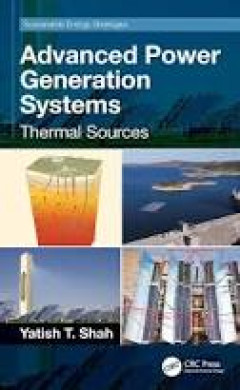
Advanced Power Generation Systems Thermal Sources
Advanced Power Generation Systems: Thermal Sources evaluates advances made in heat-to-power technologies for conventional combustion heat and nuclear heat, along with natural sources of geothermal, solar, and waste heat generated from the use of different sources. These advances will render the landscape of power generation significantly different in just a few decades. This book covers the com…
- Edisi
- -
- ISBN/ISSN
- 9781032350110
- Deskripsi Fisik
- xix,501p.:illus.;24cm.
- Judul Seri
- -
- No. Panggil
- 621.31 SHA A
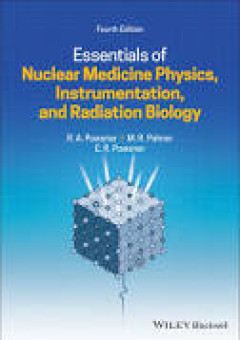
Essentials of Nuclear Medicine Physics, Instrumentation, and Radiation Biology
The new edition of the excellent introduction to basic concepts and instrumentation of nuclear medicine, featuring numerous high-quality illustrations and practical examples Essentials of Nuclear Medicine Physics, Instrumentation, and Radiation Biology provides a concise, highly illustrated introduction to fundamental nuclear medicine-related physics and engineering concepts. Gradually progres…
- Edisi
- -
- ISBN/ISSN
- 9781119621003
- Deskripsi Fisik
- ix,288p.:illus.;25cm.
- Judul Seri
- -
- No. Panggil
- 616.07575 POW E
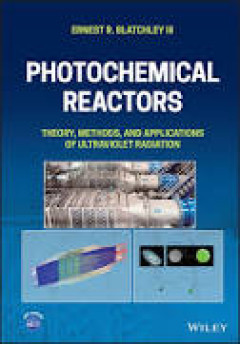
Photochemical Reactors: Theory, Methods, and Applications of Ultraviolet Radi…
An intuitively organized and incisive exploration of UV radiation and its modern applications In Photochemical Reactors: Theory, Methods, and Applications of Ultraviolet Radiation, distinguished civil engineer and researcher Dr. Ernest R. Blatchley III delivers a comprehensive exploration of the theory, methods, and contemporary and emerging applications of ultraviolet (UV) radiation. The auth…
- Edisi
- -
- ISBN/ISSN
- 9781119871309
- Deskripsi Fisik
- xvii,583p.:illus.;26cm.
- Judul Seri
- -
- No. Panggil
- 604 BLA P
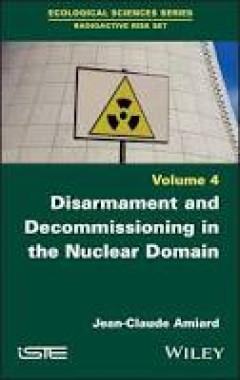
Disarmament and Decommissioning in the Nuclear Domain Volume 4
Following the acquisition of the atomic bomb by five states, the United Nations began drafting several treaties to limit nuclear proliferation. These efforts failed, as four more states also acquired nuclear weapons. In a similar vein, an attempt to limit atomic weapons - primarily within the two superpowers - was initiated. While the number of weapons has decreased, the new bombs now being ma…
- Edisi
- -
- ISBN/ISSN
- 978-1-78630-721-7
- Deskripsi Fisik
- x,334p.:illus.;24cm.
- Judul Seri
- -
- No. Panggil
- 621.483 CLA D
 Karya Umum
Karya Umum  Filsafat
Filsafat  Agama
Agama  Ilmu-ilmu Sosial
Ilmu-ilmu Sosial  Bahasa
Bahasa  Ilmu-ilmu Murni
Ilmu-ilmu Murni 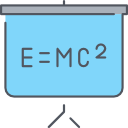 Ilmu-ilmu Terapan
Ilmu-ilmu Terapan  Kesenian, Hiburan, dan Olahraga
Kesenian, Hiburan, dan Olahraga  Kesusastraan
Kesusastraan  Geografi dan Sejarah
Geografi dan Sejarah